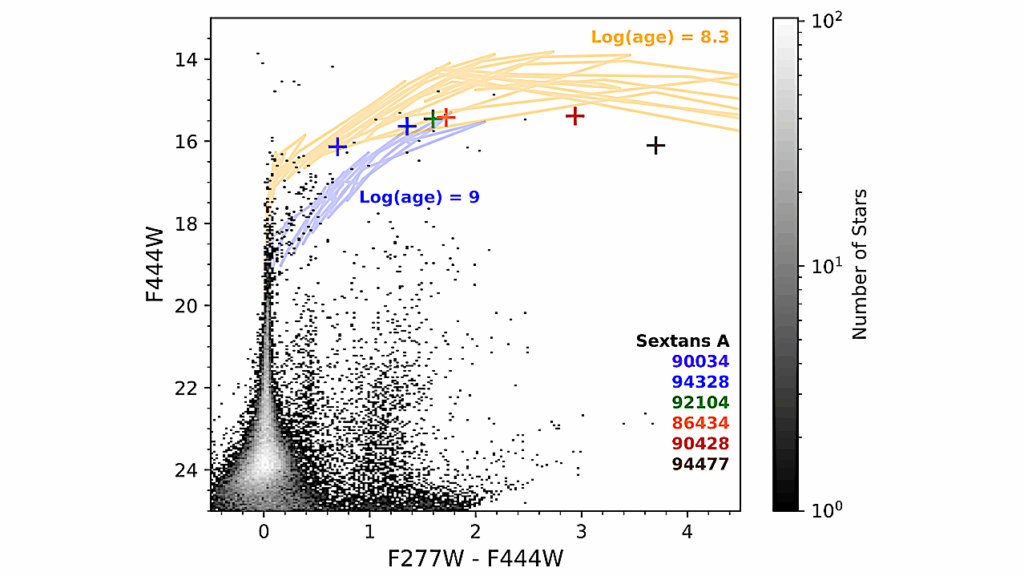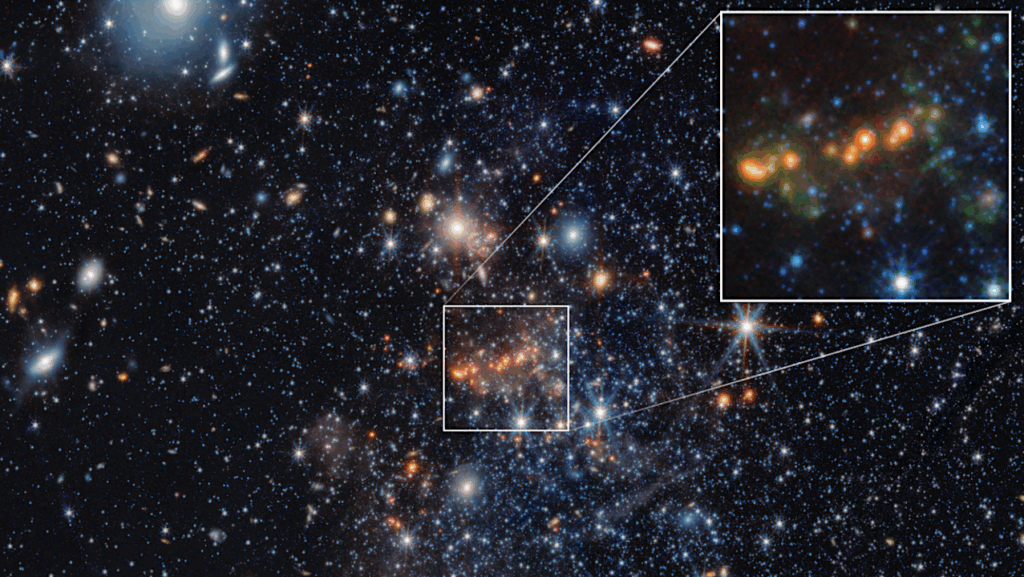Exogenous Delivery Of Water To Mercury

Radar and spacecraft observations show the permanently shadowed regions around Mercury’s North Pole to contain water ice and complex organic material.
One possible source of this material are impacts by interplanetary dust particles (IDPs), asteroids, and comets.
We have performed numerical simulations of the dynamical evolution of asteroids and comets over the few Myr and checked for their impacts with Mercury. We use the N-body integrator RMVS/Swifter to propagate the Sun and the eight planets from their current positions. We add comets and asteroids to the simulations as massless test particles, based on their current orbital distributions. Asteroid impactors are assigned a probability of being water-rich (C-class) based on the measured distribution of taxonomic types. For comets, we assume a constant water fraction.
For IDPs, we use a dynamical meteoroid model to compute the dust flux on Mercury. Relative to previous work on asteroid and comet impacts (Moses et al. 1999), we leverage 20 years of progress in minor body surveys.
Immediate post-impact ejection of impactor material into outer space is taken into account as is the migration efficiency of water across Mercury’s surface to the polar cold traps.
We find that asteroids deliver ∼1×103 kg/yr of water to Mercury, comets deliver ∼1×103 kg/yr and IDPs deliver ∼16×103 kg/yr within a factor of several. Over a timescale of ∼1 Gyr, this is enough to deliver the minimum amount of water required by the radar and MESSENGER observations.
While other sources of water on Mercury are not ruled out by our analysis, we show that they are not required to explain the currently available observational lower limits.
Kateryna Frantseva, David Nesvorn{ý}, Michael Mueller, Floris F.S. van der Tak, Inge Loes ten Kate, Petr Pokorn{ý}
Comments: 38 pages, 10 figures, published in Icarus
Subjects: Earth and Planetary Astrophysics (astro-ph.EP)
Cite as: arXiv:2204.11825 [astro-ph.EP] (or arXiv:2204.11825v1 [astro-ph.EP] for this version)
Related DOI:
https://doi.org/10.1016/j.icarus.2022.114980
Focus to learn more
Submission history
From: Kateryna Frantseva
[v1] Mon, 25 Apr 2022 17:55:40 UTC (4,585 KB)
https://arxiv.org/abs/2204.11825
Astrobiology








